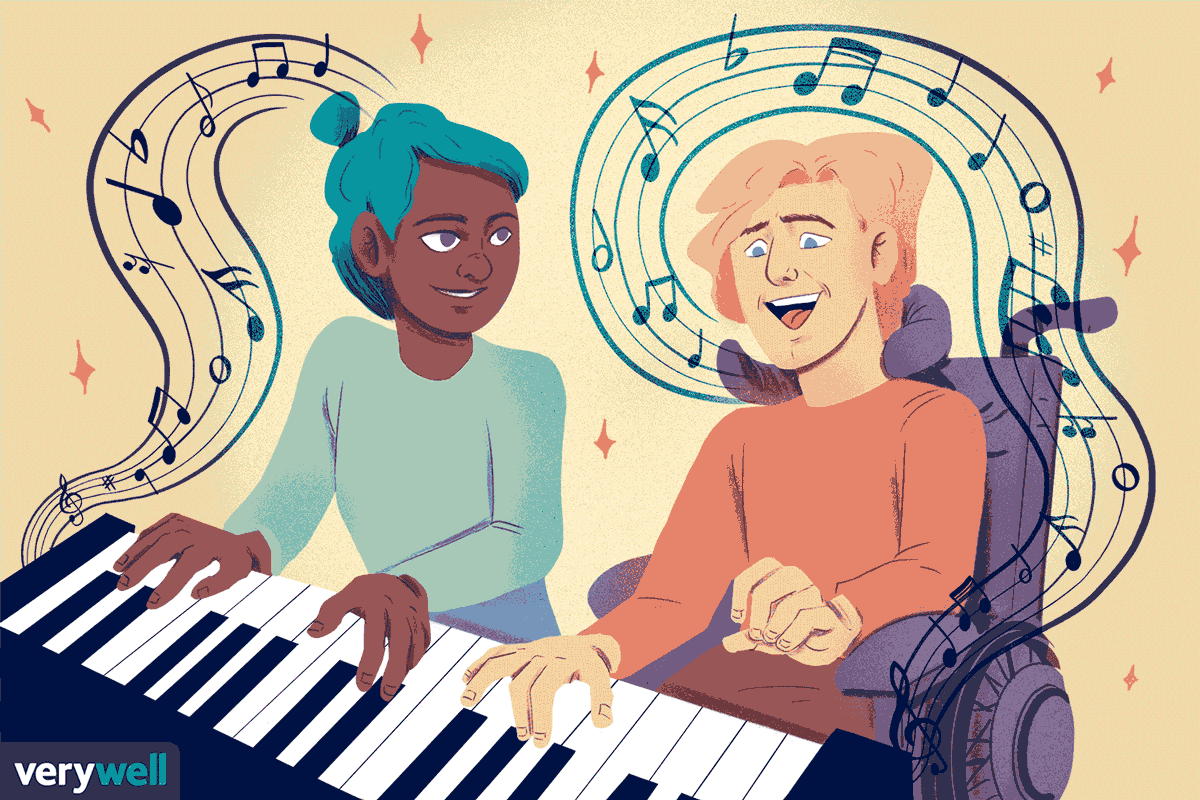Music Therapy: Healing Through Sound and Expression
Introduction
Music possesses an ability to reach our hearts, uplift our emotions, and calm our spirits. However, do you know that listening to music can also serve as a therapy?
Throughout the history, healing power of sound and expression have brought mental, emotional, and physical well-being. This article aims to plunge into the world of music therapy and understanding how the power of music can bring about health.
What is Music Therapy?
Music therapy is a special form of therapy that uses music to meet the various needs emotionally, cognitively, and socially. It is delivered by certified music therapists, who are trained to work with people of all ages and abilities. Sessions in music therapy can take many forms, such as listening to music, playing instruments, singing, and writing music, depending on the goals of therapy.
Music therapists use music to help clients to meet specific therapeutic goals: for example, to decrease anxiety, to improve communication skills, to enhance mood, or to manage pain. Music therapy is unique because it can reach people at an emotional level of expression where words are not necessary. It helps to provide a safe and nurturing environment in which people can freely explore their feelings, express themselves creatively, and connect with others through the universal language of music.
One of the great features of music therapy is that it is a holistic approach, which means it takes into consideration the physical, emotional, cognitive, and social needs of an individual. By customizing interventions to meet the unique strengths and challenges of every client, music therapists can address a wide range of needs and promote overall well-being. Whether it is as a stand-alone treatment or a means of complementing other therapies, music therapy provides one of the more adaptable and effective ways to help people heal.
Benefits of Music Therapy
Music therapy reaches out to be quite varied and widely applicable to the populations and settings in question. For children with autism, it is applicable in facilitating the development of social skills, communication, and expressing emotions. It is another means in which individuals with dementia can have the memories evoked, agitation reduced, and quality of life improved. In mental health settings, it has been applied to conditions of depression, anxiety, and PTSD, and music therapy at times serves to elucidate complex emotions, stimulate self-awareness, and develop coping skills.
In medical settings, music therapy could help to replicate what usually goes on with traditional methods of treatment. For instance, it could be applied during chemotherapy sessions or even surgery; it might reduce the amount of stress that individuals in this situation go through, alleviate pain, and help to promote relaxation. In other settings such as rehabilitation settings, it would be used to assist in motor skills development, speech and language recovery, as well as for people’s emotional adjustment to injury or illness.
Lastly, music therapy can enhance the communication skills and promote socialization among people with developmental disabilities, such as Down syndrome or cerebral palsy. It gives music therapy to such clients and their other associates as a means to express themselves, reflect, and build up a legacy. Music therapy could also be helpful to patients who have to face end-of-life care. For example, it could be applied through the following methods: performance of live music, personalized playlists, and even songwriting sessions. The particular features of music therapy make it quite effective in this way. For example, music provides comfort and relief. This approach can help people to express themselves and reflect on things while at it, so they can build up a legacy with their loved ones.
How Music Therapy Works
The therapeutic effects of music are manifold and are based on several mechanisms. Music interferes with the brain, inducing reactions of the emotional type and activating areas with pleasure, reward, and memory. This neurological activation can foster mood improvement, stress reduction, and better cognitive activity.
Other physiological activities as well, such as heart rate, breathing, and blood pressure, are regulated by rhythm and melody. By attuning to the rhythmic elements of music, one’s physical body will achieve relaxation and calm, thereby provoking the release of tension and contributing to overall well-being.
Music therapy also fosters self-expression and creativity. It gives clients an alternative, nonverbal way of sharing and expressing feelings and feelings. In improvisations, songwriting, or lyric analysis, clients can focus on thoughts, feelings, and experiences in a supportive, nonthreatening context, which may enhance self-awareness and insight.
Music therapy helps us to increase cognitive skills and memory in patients with neurological injuries such as traumatic brain injury or stroke. In the use of music-based exercises and memory exercises, the clients can add more flexibility to their structures of cerebral thinking and increase their overall cognitive functioning.
In addition, music therapy can also facilitate and enhance social interaction and communication for clients with social anxiety or communication disorders. In group music-making activities, clients practice active listening, turn-taking, and nonverbal communication, thereby fostering a sense of belonging and true friendship.
Conclusion
Overall, the mechanisms of music therapy are diverse and multifaceted—neurological, physiological, emotional, cognitive, and social—and can be accessed through the therapeutic power of music by music therapists. Such transformational healing experiences create opportunities for individuals to empower their full potential.
Music therapy offers a unique and powerful approach toward healing through music—a kind of universal language in the quest for health and well-being. Music, be it in clinical settings or as complementary therapy, traces a path that does the wonders of touching hearts, lifting spirits, and healing journeys. Let us continue exploring and celebrating its miraculous power as it transforms lives for individuals, families, and communities across the globe.
































